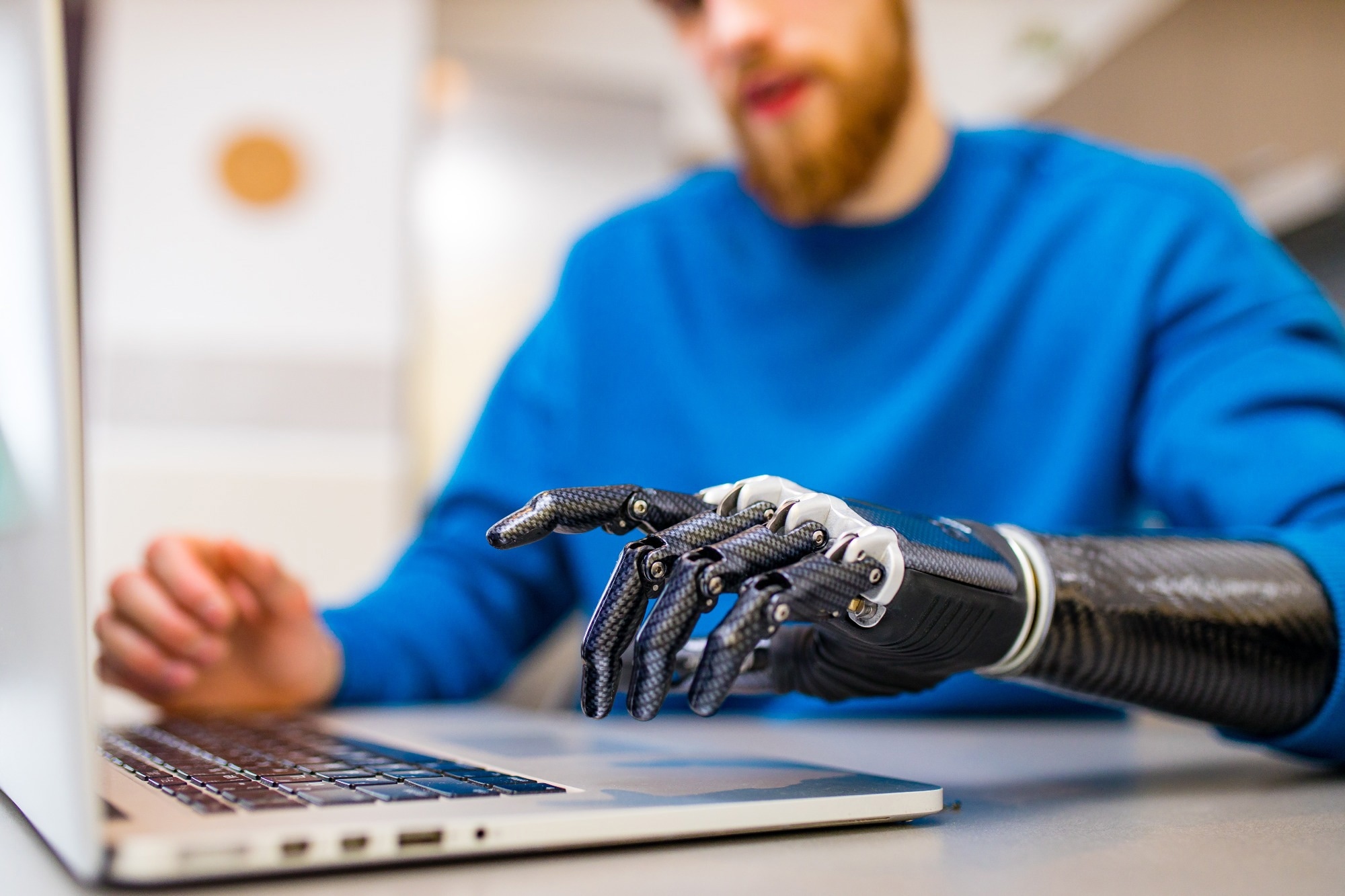In an article published in the journal Scientific Reports, researchers proposed a gesture recognition system based on surface electromyogram (sEMG) signals and a convolutional neural network (CNN). They used Bayesian optimization to fine-tune the segmentation parameters and hyperparameters of the CNN for improving classification accuracy and generalization. Moreover, they believed that their framework can effectively recognize different hand gestures and improve the performance and generalization of myoelectric control (MEC) devices, which control prosthetic devices and exoskeletons.
 Study: Optimizing CNN-Based Gesture Recognition in Myoelectric Control. Image credit: yurakrasil/Shutterstock
Study: Optimizing CNN-Based Gesture Recognition in Myoelectric Control. Image credit: yurakrasil/Shutterstock
Background
MEC systems use sEMG to detect the intended hand movements and provide natural and intuitive control for people who have lost their limbs or have impaired motor functions. However, these systems face several challenges, such as low generalization, high training burden, etc. sEMG signals are electrical signals generated by the contraction of skeletal muscles and can be used to detect the intention of hand movements and control prosthetic devices or human-computer interfaces. However, sEMG signals are noisy, non-stationary, and vary across individuals and sessions. Therefore, designing a robust and reliable gesture recognition system based on sEMG signals is challenging.
CNN is a deep neural network (DNN) that can learn features from raw data and perform complex classification tasks. It has been widely used for image recognition, natural language processing, and computer vision. Recently, CNN has been applied to sEMG-based gesture recognition, showing promising results. However, the performance of CNN depends on various factors, such as data preprocessing, network architecture, and hyperparameters. Finding the optimal configuration of these factors is not easy and requires extensive experimentation and tuning.
About the Study
In the present paper, the authors designed a novel MEC framework to optimize the segmentation parameters and hyperparameters of a CNN-based gesture recognition system. They optimized their system using Bayesian optimization. Bayesian optimization is a technique that can efficiently search for the optimal parameters of a complex function using a probabilistic model and an acquisition function. Gaussian process is used as a probabilistic model, and expected improvement per second is utilized as the acquisition function.
The study collected sEMG data from 20 healthy volunteers performing 10 different static and dynamic hand gestures. The gestures included pointer, fine grip, agree, supination, side grip, pronation, flex hand, extend hand, close hand, and pen hand. These signals were recorded using a Myo armband which is a low-cost consumer-grade device with eight dry electrodes and a sampling rate of 200 Hz. The data were segmented into distinct sizes and overlap ratios and converted into sEMG images. Furthermore, the sEMG images were fed into a two-dimensional (2D) CNN consisting of three sections such as a convolutional, batch normalization, and rectifier linear unit (ReLU) layer. The output of the CNN was a softmax layer that predicted the gesture class.
Furthermore, the authors utilized Bayesian optimization to find the optimal segment size, overlap size, section depth, learning rate, momentum, and L2 regularization for CNN. They evaluated the performance of the CNN on the validation and testing sets using the classification error rate (CER) as the objective function.
Research Findings
The outcomes showed that the overlap segmentation technique outperformed the disjoint segmentation technique for sEMG gesture recognition. The study found that the optimal segment size was 200 ms, and the optimal overlap size was 80%. These values ensured that the sEMG images captured enough information to decode the intended gestures while reducing the number of input images and the computational cost.
The authors also found that Bayesian optimization effectively identified the optimal hyperparameters for the CNN for each subject as well as a generalized set of hyperparameters that could be applied to all subjects. The optimal hyperparameters varied across subjects, indicating the individual variability of sEMG signals. The Bayesian optimization reduced the classification error rate (CER) on the validation and testing sets compared to manual, grid, and random search methods. The average CER on the testing set was 0.08 ± 0.03, which was comparable to the state-of-the-art results.
The study demonstrated that the newly presented framework could improve the performance and generalization of CNN-based gesture recognition devices. This approach could be applied to design robust and reliable MEC systems for prosthetic devices and human-computer interfaces. Moreover, this method could also be extended to other types of sEMG signals, such as high-density sEMG, and other types of DNNs, such as recurrent neural networks (RNNs) or long short-term memory networks.
Conclusion
In summary, the developed system is a novel, efficient, and effective way of optimizing the segmentation parameters and hyperparameters of a CNN-based gesture recognition system using sEMG signals. It can enhance the accuracy and generalization of the system by reducing the computational cost and resources.
The researchers acknowledged the challenges and limitations and suggested some possible directions for future work. They suggested conducting online experiments to validate the efficacy of the optimization parameters in a real-time MEC scenario, extending the dataset to include more subjects with different characteristics or conditions, such as amputees, and evaluating the optimization factors in a subject-independent configuration. Moreover, they also suggested exploring different surrogate functions and acquisition functions for Bayesian optimization to improve the performance and efficiency of the hyperparameter optimization process.